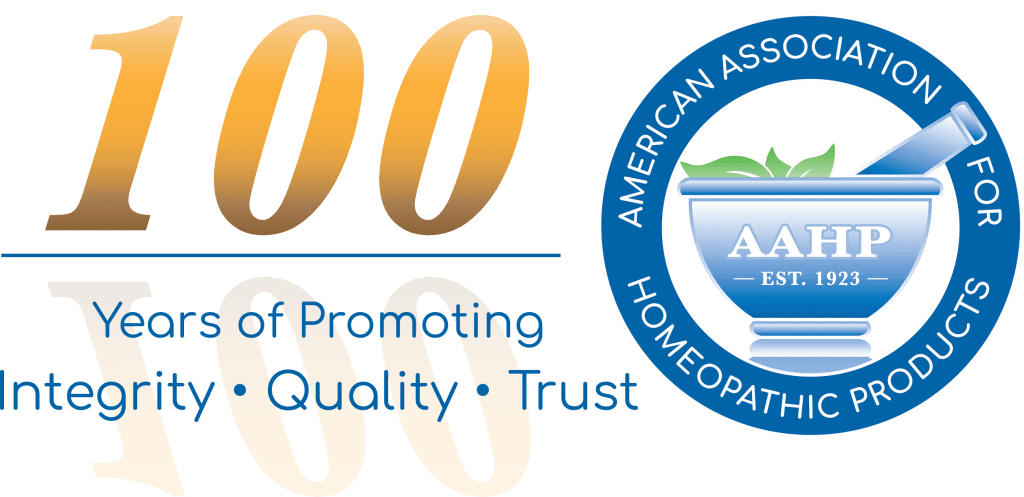Members can contact the AAHP with questions and we will try to provide answers or guide them in their research. If the office doesn’t have the information, we also try to put members in touch with other association members who may have access to the desired information.
What kinds of questions can members ask? Below are examples from the last 6–8 months. Some are focused on better understanding the requirements of the Homeopathic Pharmacopeia of the United States (HPUS); while the office can’t make declarative statements on behalf of the Board of the HPCUS, members often do gain a better understanding of the HPUS and its requirements. Likewise, the AAHP office does not provide legal services, but often we can provide links to the appropriate regulations, compliance documents, or HPUS guidelines that address the questions posed.
Other questions go beyond the ability of the office to provide much detail, but we try to provide some basic information to help the questioners begin their research properly. And some inquiries from outside the AAHP lead to referrals to member companies for more follow up (usually in relation to looking for certain products or services).
- There is a growing interest in homeopathy; I was wondering if it would be possible to distribute those medicines here in [foreign country]? What are the requirements for doing so?
- Based on the HPUS attenuations listed for Arnica montana [OTC=3X, Ext. Use=Tinc, Rx=Tinc., HPN=N/A], is a 1X attenuation acceptable for OTC external use?
- My understanding is there is NO shelf life on homeopathic pills. Is that true?
- Can the word “homeopathic” be anywhere on the label? Is there a requirement that it be placed on the front of the product?
- Do we need to list the dosage form of a product on the front of the label or can that be moved anywhere on the label?
- What are the requirements to submit a new remedy application to the HPUS?
- Could you direct me to manufacturers from who I can buy [specific remedies]?
- The QC text [of specific monograph in HPUS] for dry residue determination refers to S & C section. What is the S & C section to which it refers and where can it be found?
- We are looking for a new manufacturer for our allergy formula. Can you give us a list of potential manufacturers?
- If we cannot find the bark from the root alone [for a specific monograph in HPUS], would it be acceptable to use bark and root that contains the bark?
- We want to find a consultant who can help us take the next step in the GMP compliance area. Can you recommend a few people with whom I could discuss the situation?
- I’m hoping you can assist in locating a reference for the homeopathic use of [specific monograph].
- Are there alternatives to what the HPUS specifies for plant parts to be used?
- It seems stability testing is required as per 21 CFR 211.166 for homeopathic products, but what about expiration date: is this required to be printed on labels?
- I think this [product] violates CPG 400.400. What do others think?
- Are assay and identification tests required to be performed for the homoeopathic active ingredients and finished products formulations? It would be very helpful if you could suggest where we could get the test procedures for the same.
- How do I use "HPUS” on my label?
Have a question? Feel free to send it to the AAHP office (info@theaahp.org), and we’ll do our best to get an answer or a lead towards an answer. Just another service AAHP provides for members.
